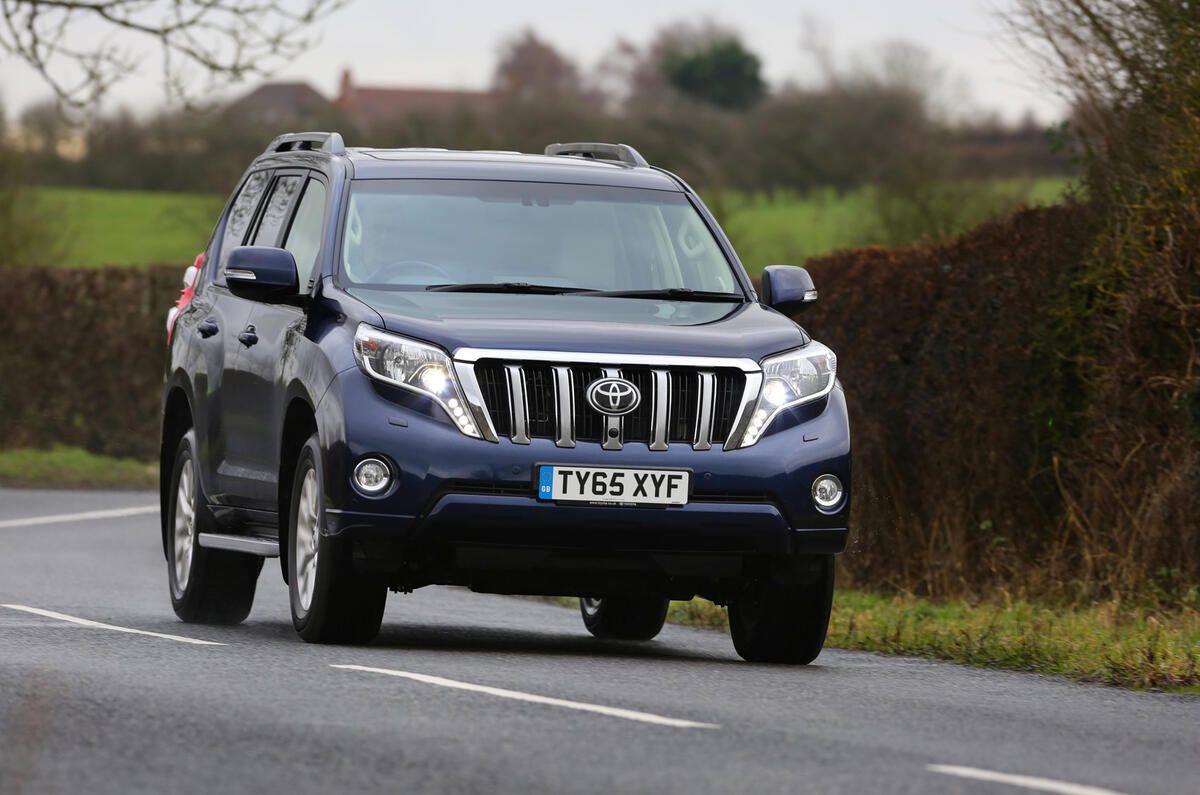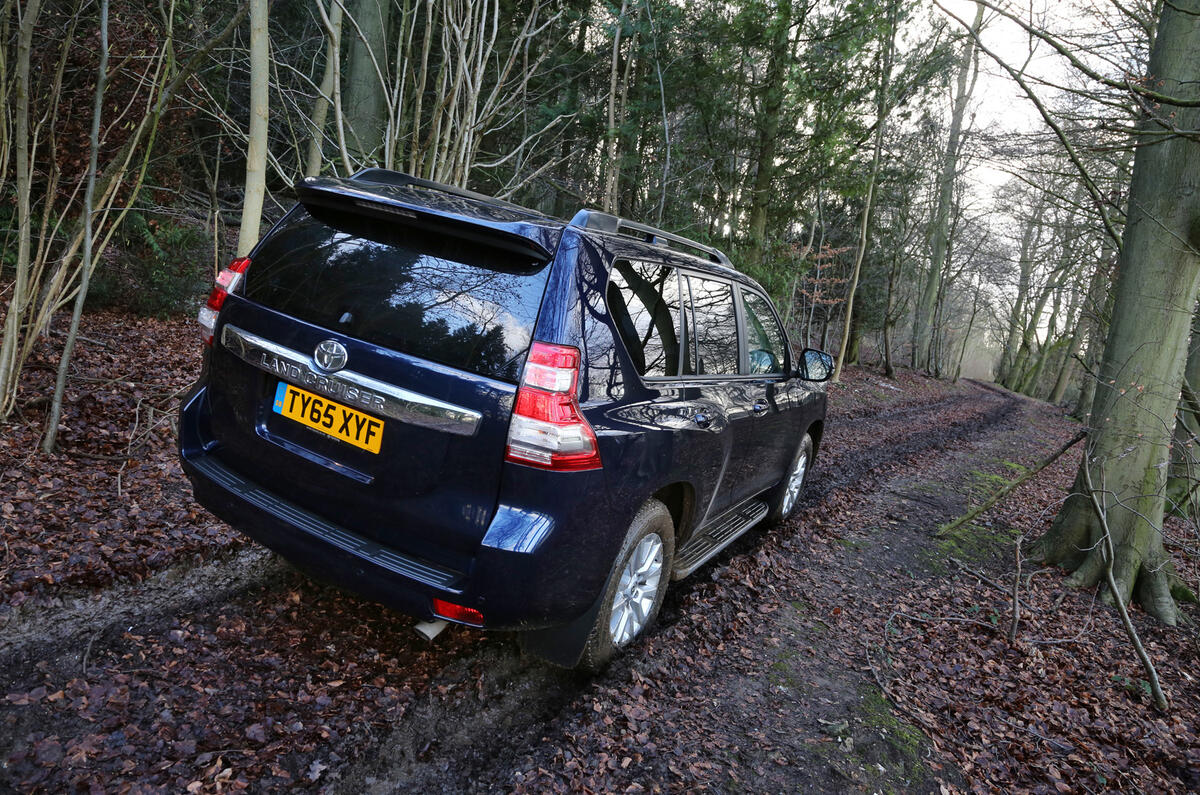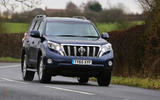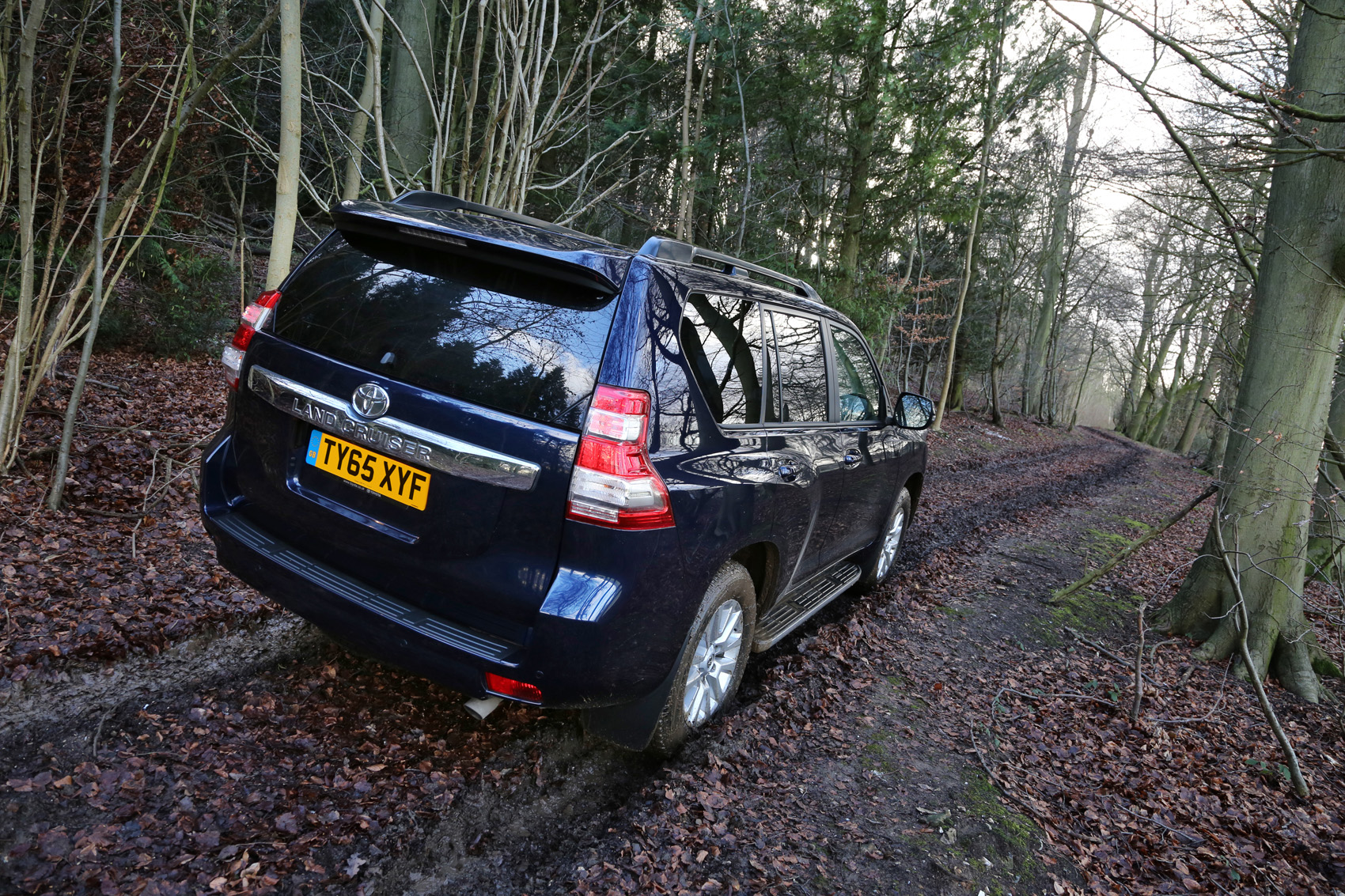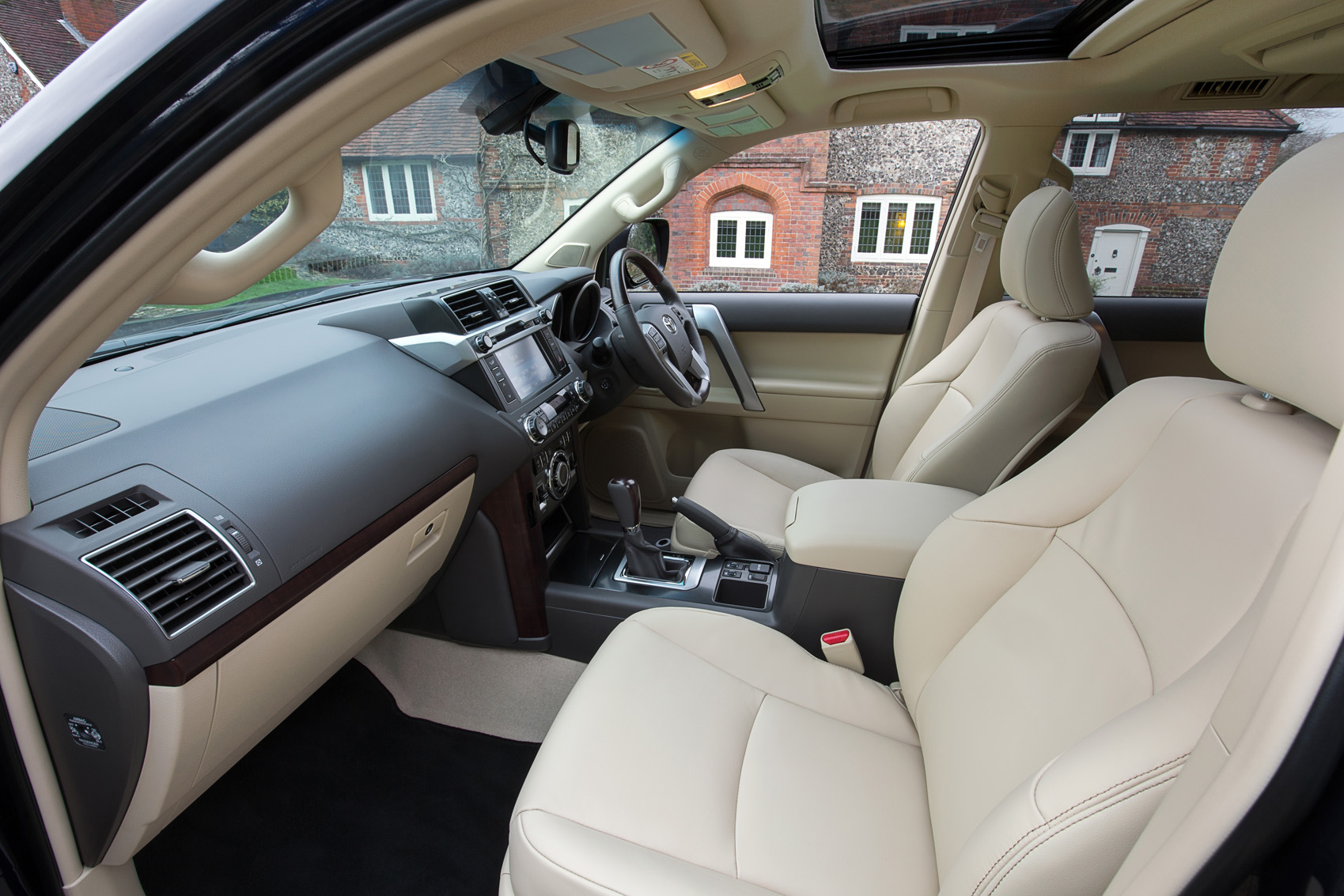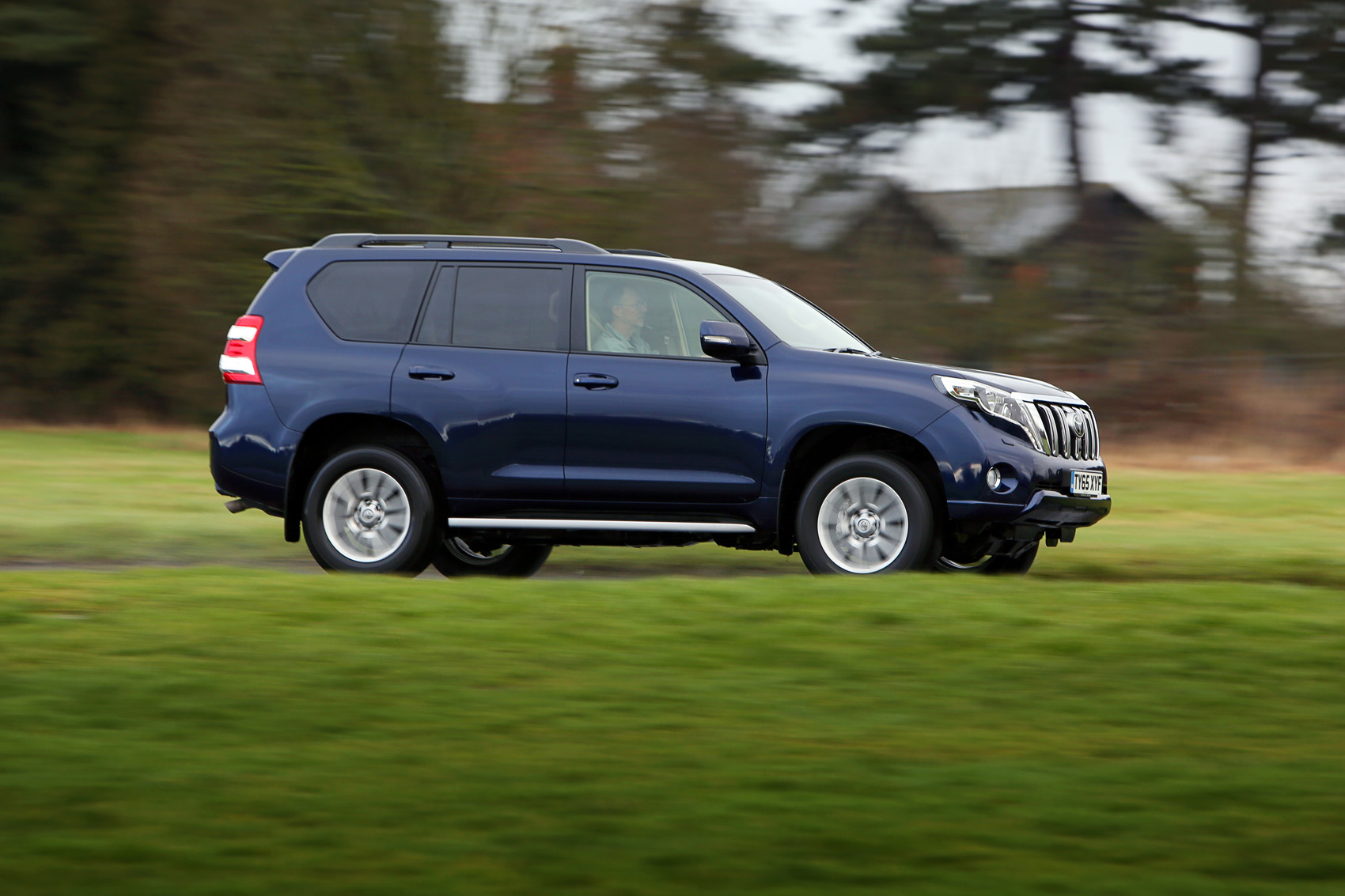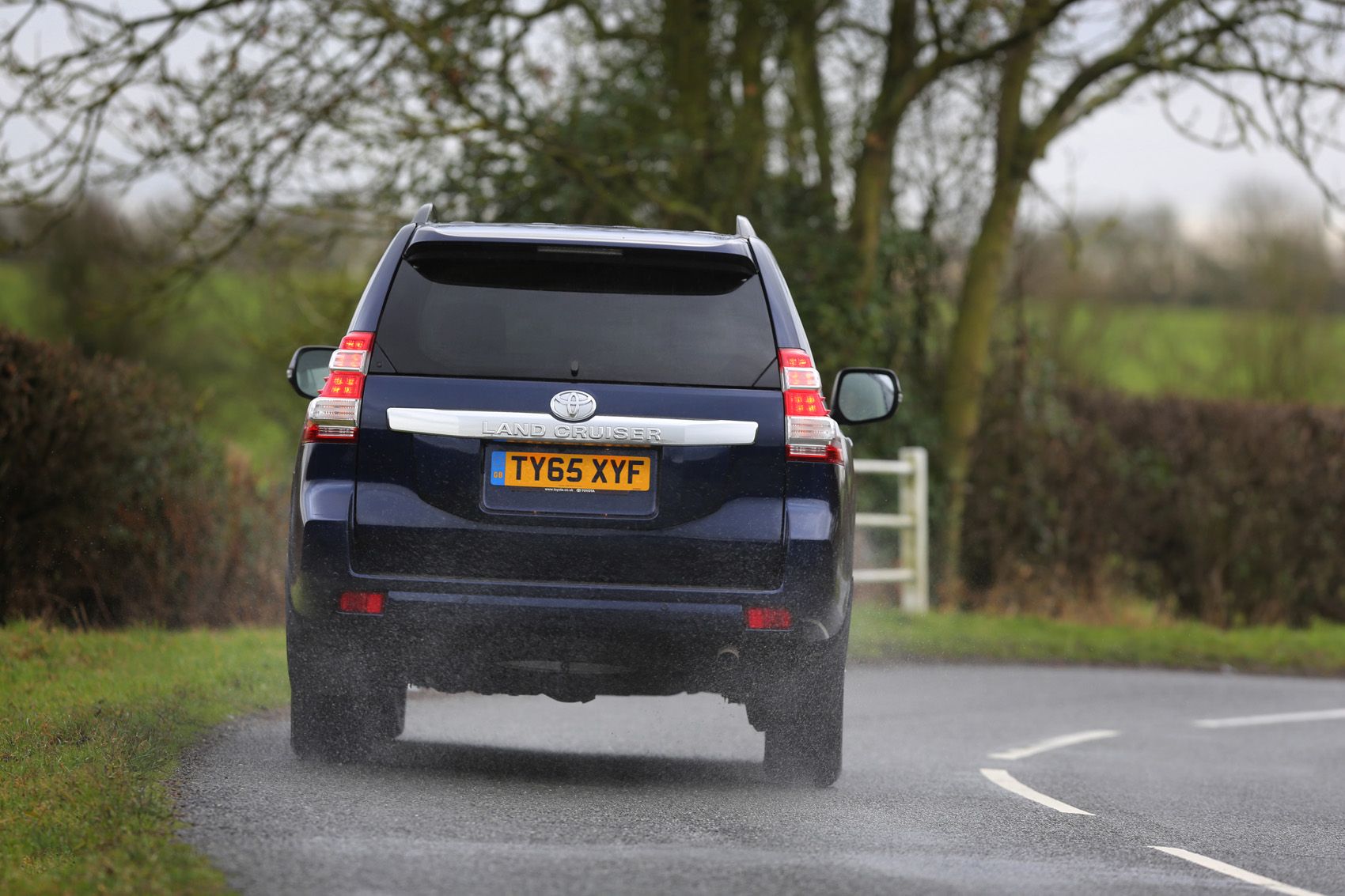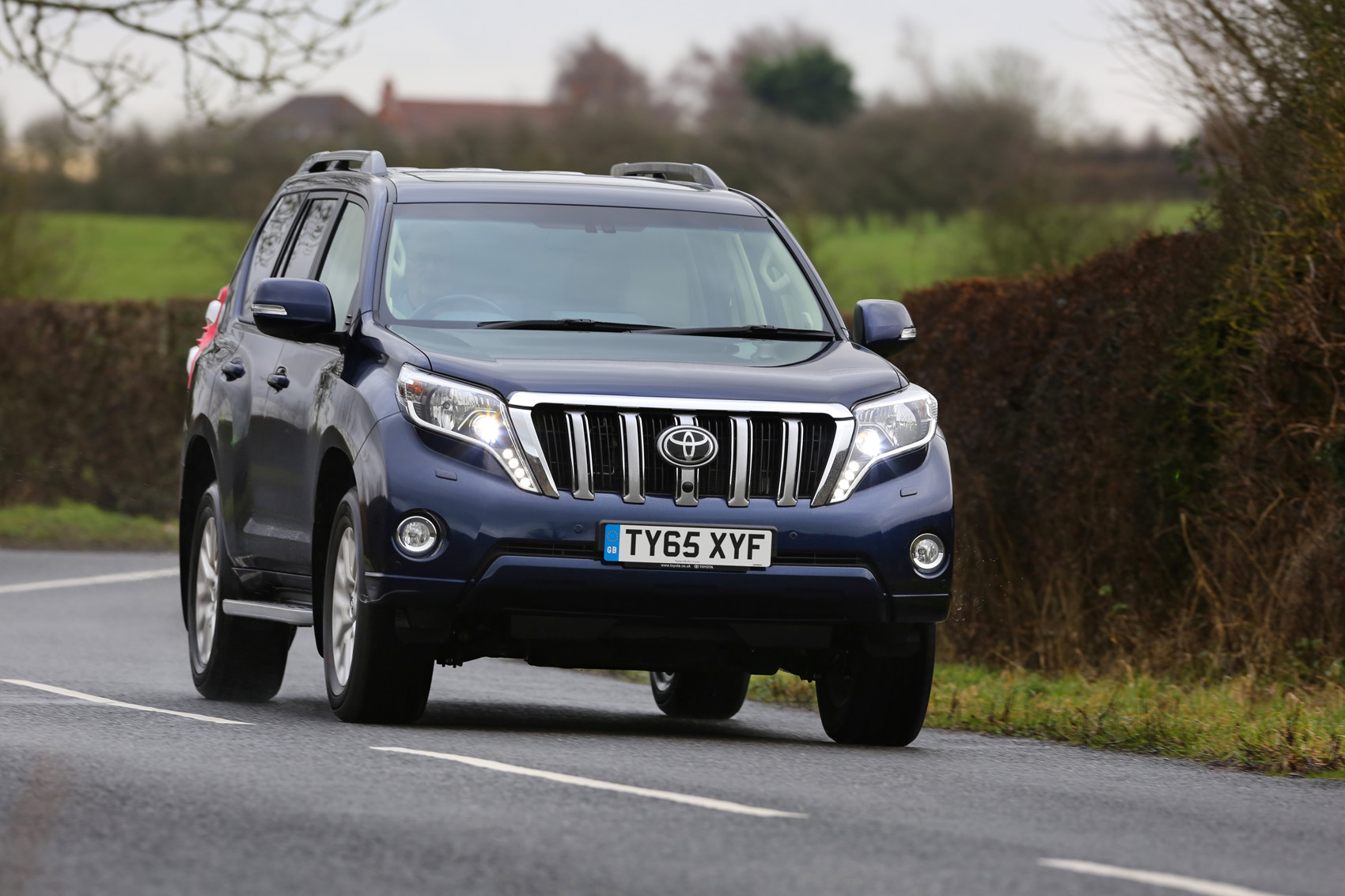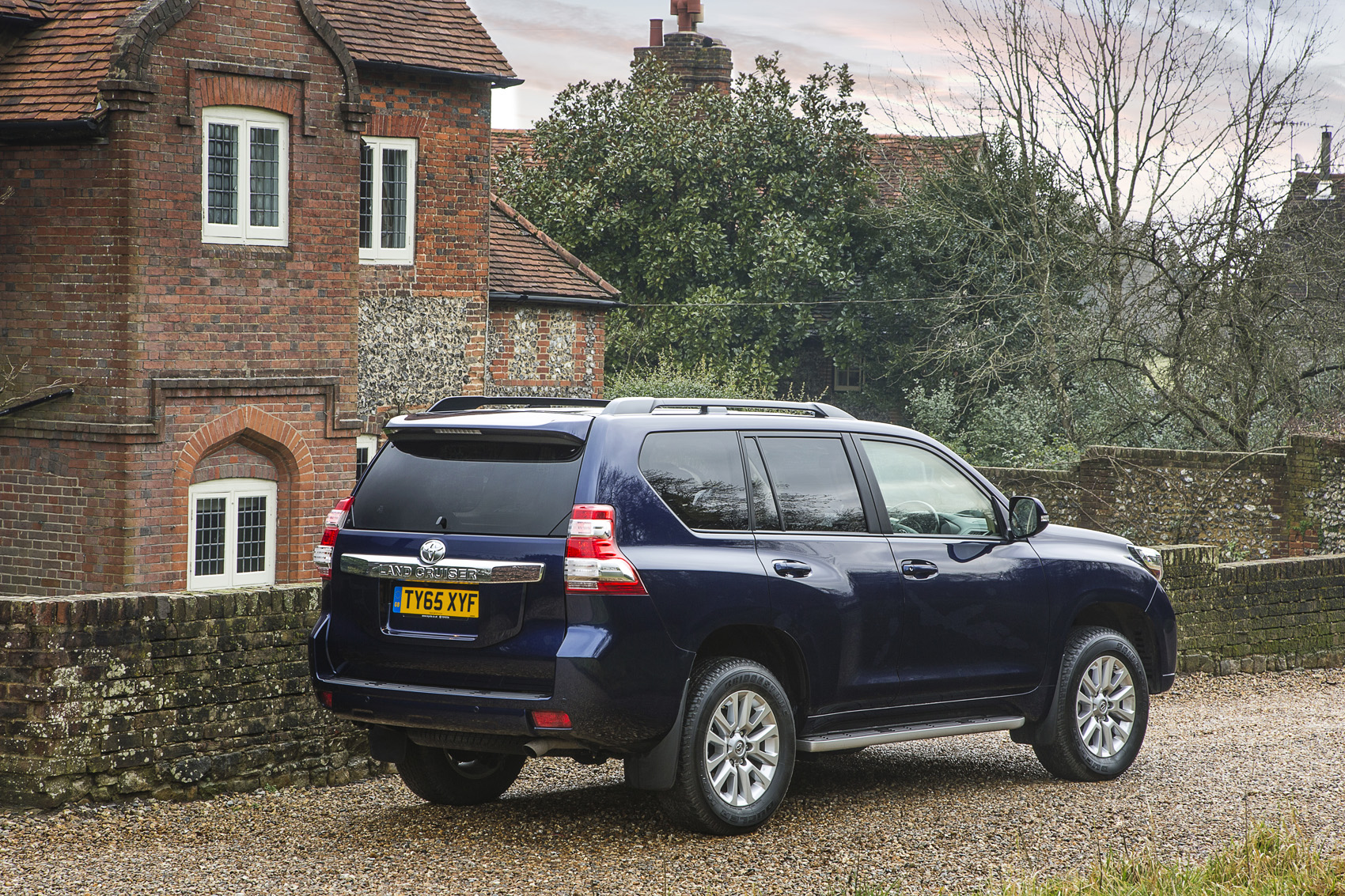Although the Toyota Land Cruiser name stretches back to the mid-1960s – more than five million have been sold since then – the true father of the modern model was born in 1985 with the ‘Light Duty Series’. It was the first Land Cruiser to combine the roles of serious off-roader with all-purpose family holdall. This is the fourth-gen Light Duty Series.
The way Toyota views the Land Cruiser can be summed up by the fact that most people who saw us driving the latest model for this test thought it was either a facelift or the outgoing model, or failed to flag up any difference at all. But while many concepts of the old car have been carried over, this latest Land Cruiser is, in fact, almost entirely new.
Still, its specification reads like an off-roader recipe someone might have cooked up 20 or 30 years ago: a thumping great four-cylinder diesel engine, a live rear axle and, would you believe it, the same body-on-frame thinking that’s existed since long before the car was invented.
Nor has Toyota gone down this path to give the Land Cruiser a competitive price – it’s not a cheap off-roader, priced along similar lines to the Land Rover Discovery.
Toyota has given up on petrol power for its large 4x4s. This model only comes with the single 2.8-litre diesel engine, and in three trim levels, Active, Icon and Invincible.


